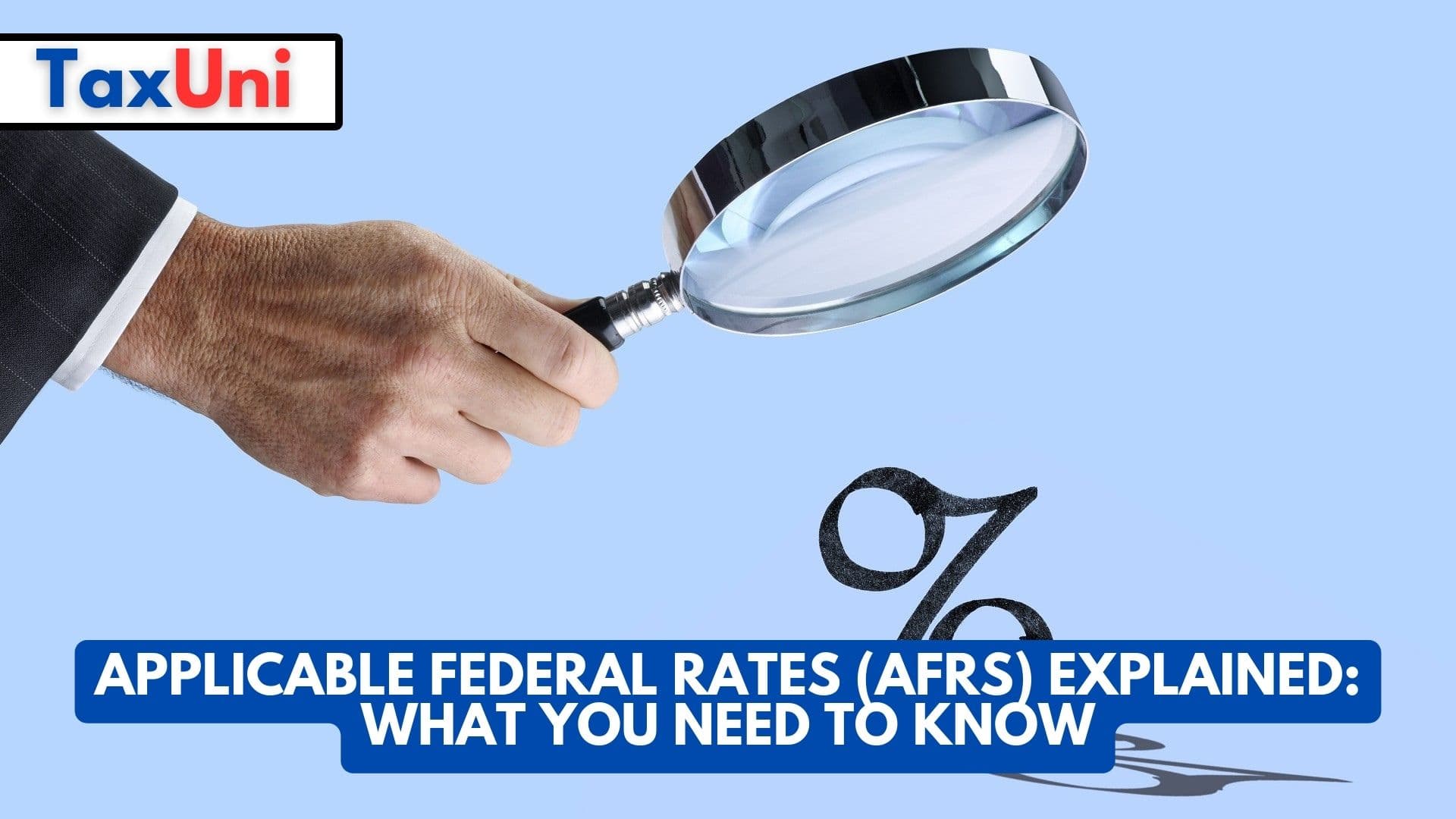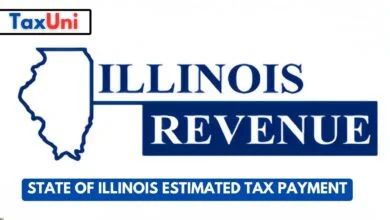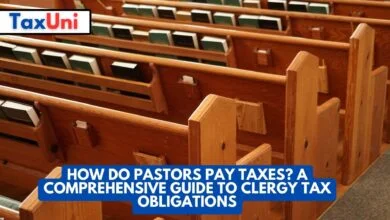Applicable Federal Rates (AFRs) Explained: What You Need to Know
A Comprehensive Guide to Applicable Federal Rates (AFRs), their Calculation, and their Impact on Tax Planning, Business and Personal Loans, and Investments.

Contents
Applicable Federal Rates (AFRs) are minimum interest rates set by the Internal Revenue Service (IRS) that must be used for various tax-related transactions. These rates are used for loans and other financial transactions between related parties to prevent tax avoidance by setting interest rates that are too low. AFRs are updated monthly and are based on the average market yield of U.S. Treasury securities with similar maturity periods. Using 2025 AFRs ensures that taxpayers and businesses comply with federal tax laws and avoid potential penalties.
Types of AFRs
There are three types of AFRs: short-term, mid-term, and long-term rates. Each rate has a specific range of applicability based on the duration of the transaction.
- Short-term AFRs apply to transactions with a term of up to three years.
- Mid-term AFRs apply to transactions with a term of more than three years but not exceeding nine years.
- Long-term AFRs apply to transactions with a term exceeding nine years.
Each type of AFR is available in three different compounding periods: annual, semi-annual, and monthly. Taxpayers and businesses can choose the compounding period that best suits their needs for a specific transaction.
How AFRs are Determined
AFRs are determined by the U.S. Treasury and are based on the average market yield of U.S. Treasury securities with similar maturity periods. These rates are published by the IRS in monthly Revenue Rulings and can be found on the IRS website.
To calculate AFRs, the Treasury examines the weighted average yield of various Treasury securities with similar maturity periods. The average yields are then rounded to the nearest two decimal places, resulting in the published AFRs for each month.

Uses of AFRs
AFRs are used for various tax-related purposes, including:
- Loans between related parties: AFRs serve as minimum interest rates for loans between related parties, such as family members or businesses with common ownership. This prevents tax avoidance by setting artificially low-interest rates on loans.
- Sale-leaseback transactions: AFRs are used to determine the present value of lease payments in sale-leaseback transactions for tax purposes.
- Valuing annuities, life estates, and remainder interests: AFRs are used to calculate the present value of future cash flows from annuities, life estates, and remainder interests in property for tax purposes.
- Original issue discount (OID) rules: AFRs are used to determine the amount of OID that must be reported as income for tax purposes in certain debt instruments.
Advantages and Disadvantages of Using AFRs
Advantages:
- AFRs provide a standardized and transparent method for determining minimum interest rates for tax-related transactions.
- By using AFRs, taxpayers and businesses can avoid potential tax penalties associated with using below-market interest rates.
- AFRs help to prevent tax avoidance by requiring the use of market-based interest rates for certain transactions.
Disadvantages:
- AFRs may not always reflect the actual market conditions for specific transactions, leading to potential discrepancies between AFRs and prevailing interest rates.
- The monthly updates to AFRs can create uncertainty and complexity for taxpayers and businesses, as they must continuously monitor and adjust their transactions to comply with changing rates.
- Some taxpayers may find the calculation and application of AFRs to be complex and time-consuming, especially if they are not familiar with the process or do not have access to professional tax advice.

Frequently Asked Questions (FAQs)
Using an interest rate lower than the applicable AFR may result in tax consequences, such as imputed interest income for the lender and potential gift tax implications for the borrower. It is essential to use the appropriate AFR to avoid potential tax penalties.
AFRs are primarily used for transactions between related parties. However, they can serve as a useful benchmark for market-based interest rates in transactions between unrelated parties.
Where can I find the current AFRs?
AFRs are published in monthly Revenue Rulings by the IRS. You can find the current AFRs on the IRS website or through various tax-related resources, such as professional tax advisors or financial publications.
Can I use 2024 AFRs for transactions that occur in 2025?
AFRs are updated monthly, and you should use the AFRs applicable to the month in which your transaction occurs. Using outdated AFRs may result in tax consequences or penalties.





